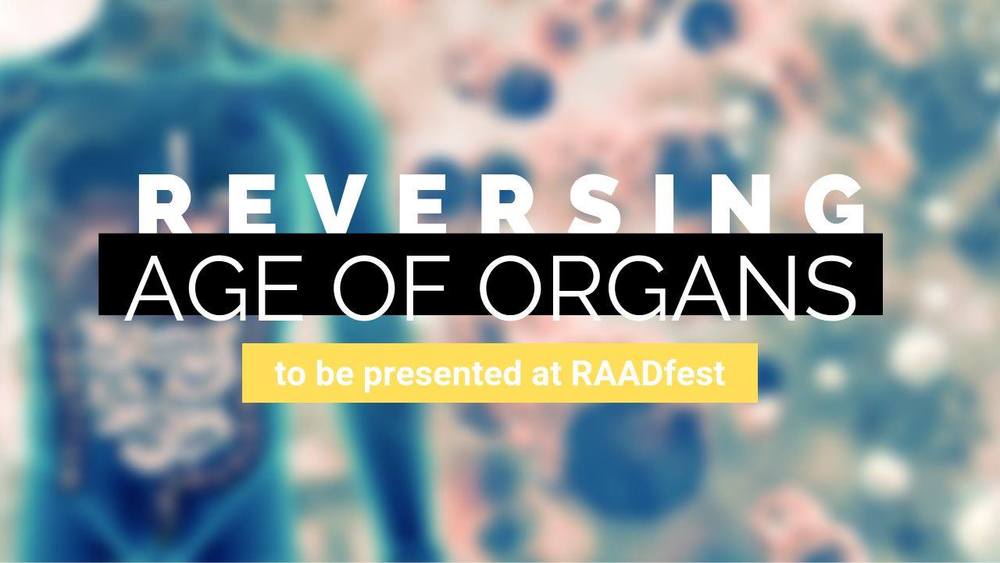
Dr. Mike Chan, Stellar Biomolecular Reserch, chats with James Strole, Director of the Coalition for Radical Life Extension, about what he’s bringing to RAADfest 2019: age reversal of organs using cell and stem cell therapies.
For more info and to register: http://www.raadfest.com/
Organized by the Coalition for Radical Life Extension, RAADfest is the largest event in the world where practical and cutting-edge methods to reverse aging are presented for all interest levels, from beginner to expert. An interactive, inclusive event featuring dozens of top presenters in life extension, regenerative medicine, super longevity, lifestyle, genetics, life hacking, finances, and more. RAADfest will also feature activists and advocate entertainers, celebrations, RAADcity the Expo and RAADclinic.
Continue reading “Organ Age Reversal with Stem Cells” »
















